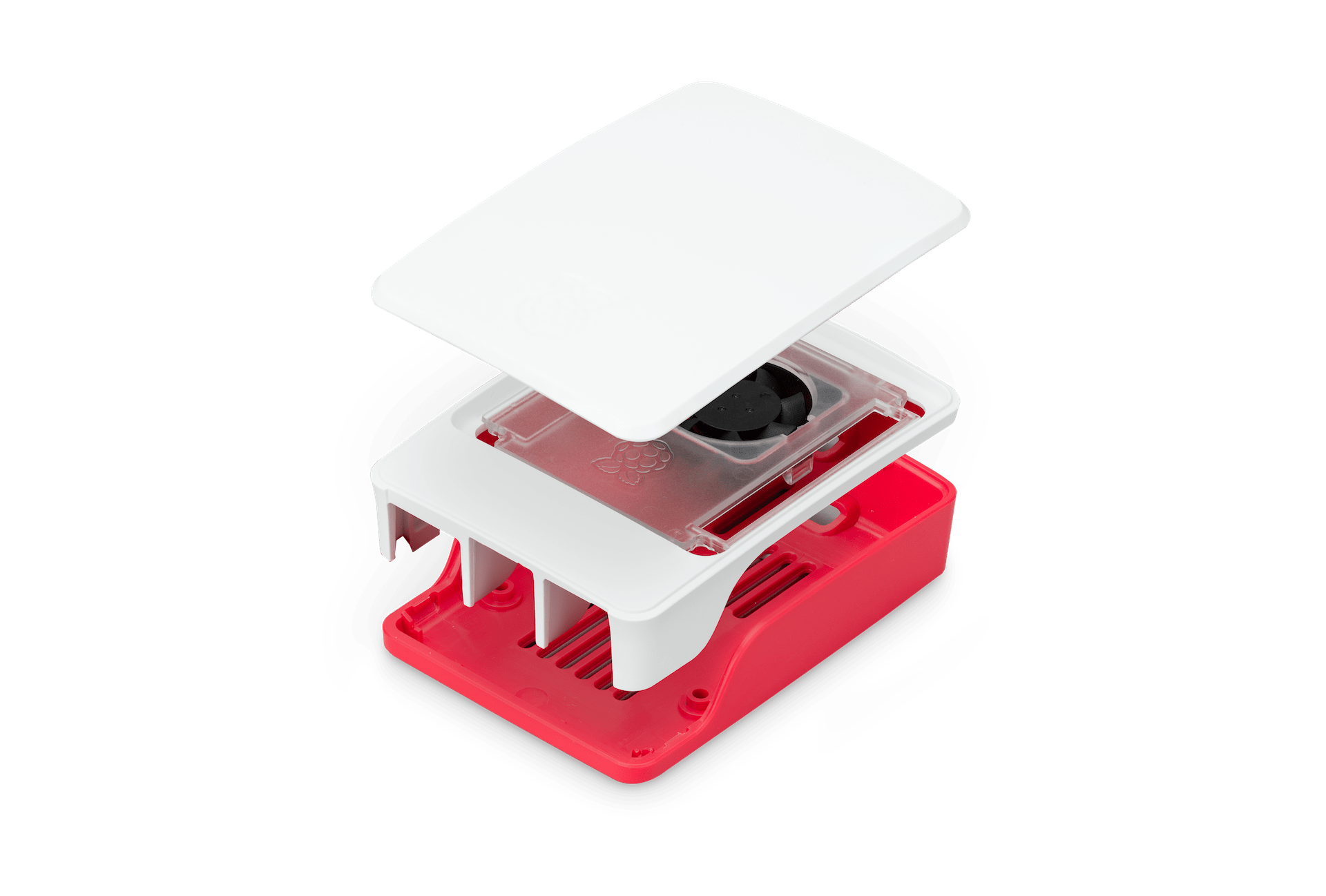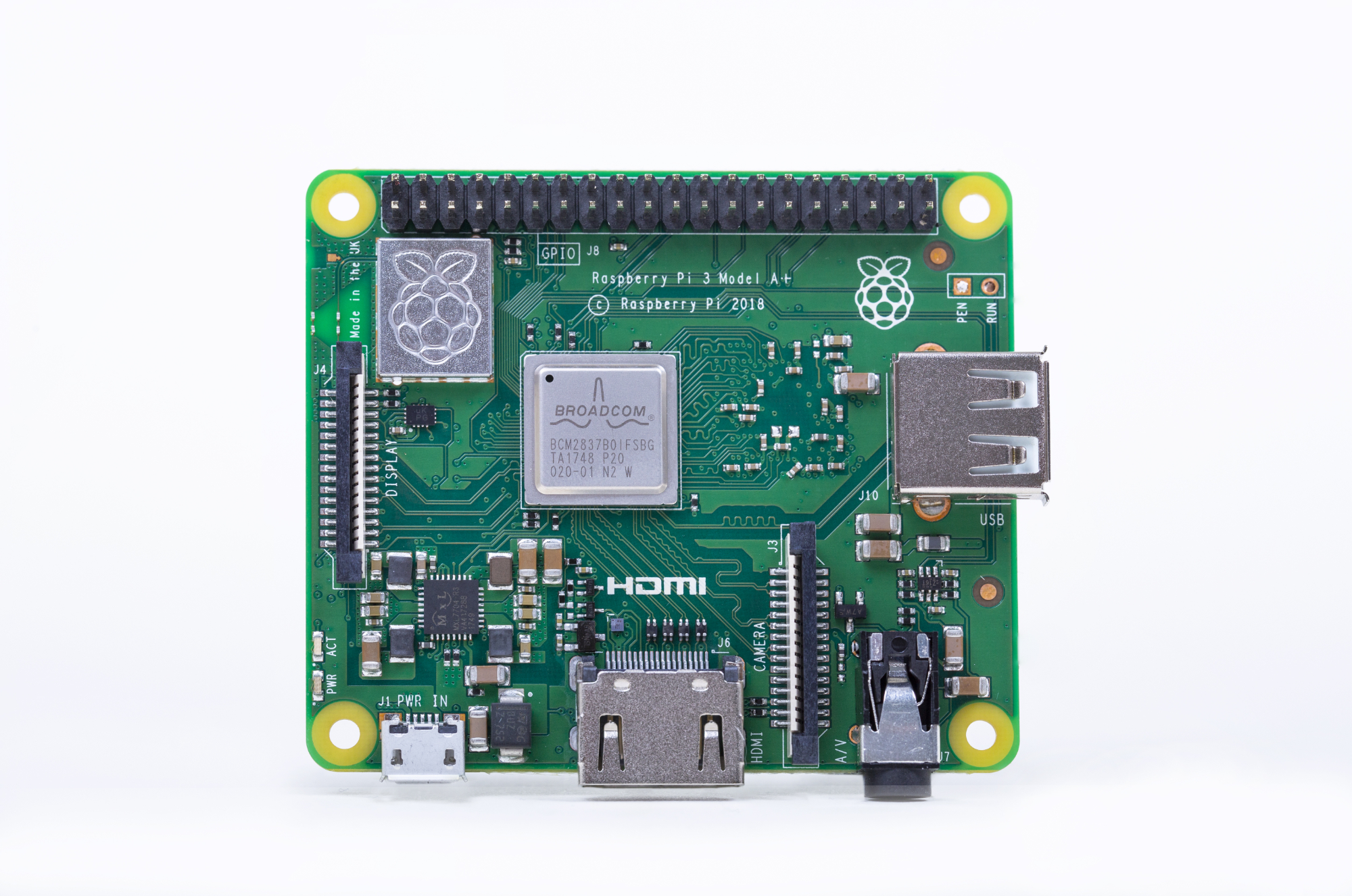Unlock The Power Of Raspberry Pi: Top Remote IoT Platforms + Guide
Ever wondered if you could transform your mundane living space into a futuristic, automated haven? The answer is a resounding YES. The convergence of Raspberry Pi and remote IoT platforms has democratized home automation, making it accessible to everyone.
Lets face it: the Internet of Things (IoT) is no longer a futuristic concept; its the present. From the humble smart home setups to sprawling industrial automation systems, IoT has permeated nearly every facet of our lives. The sheer number of platforms available can indeed feel overwhelming. That's precisely why this guide exists to meticulously dissect and present the top remote IoT platforms that are not only free but also exceptionally reliable and perfectly suited for your Raspberry Pi projects. Prepare to embark on a journey filled with actionable insights and expert recommendations.
Before we delve deeper, consider this your definitive guide to unraveling complex technologies into easily digestible segments. Whether you're a seasoned tech enthusiast or a complete novice, by the time you finish reading, youll be equipped with the knowledge to tackle IoT projects with confidence. Ready to dive in?
- Life After Loss Understanding Rory Feek Remarriage Rumors Amp Legacy
- Discover Zion David Marley Music Influence Amp Legacy Explored
| Category | Details |
|---|---|
| Topic | Remote IoT Platforms for Raspberry Pi |
| Description | An overview of free and reliable remote IoT platforms compatible with Raspberry Pi, including features, benefits, and how to choose the right platform. |
| Key Platforms Mentioned | ThingsBoard, Cayenne, Node-RED, Home Assistant, Freeboard |
| Use Cases | Smart home automation, environmental monitoring, industrial IoT |
| Challenges | Connectivity issues, data security, limited resources |
| Future Trends | Edge computing, AI integration, blockchain |
| Reference Website | Raspberry Pi Foundation |
Why should remote IoT platforms even be on your radar when you already have a Raspberry Pi? In essence, these platforms are the secret ingredient that elevates your DIY projects from simple curiosities to fully realized, functional systems. They offer the vital infrastructure, specialized tools, and application programming interfaces (APIs) needed to seamlessly connect your devices, gather crucial data, and manage your entire setup from any corner of the globe.
The Raspberry Pi, while undeniably powerful, is fundamentally just the hardware. To truly unlock its potential, you need the right software to handle the complex operations. Remote IoT platforms provide this crucial software layer and more. These platforms empower you to:
- Monitor and control devices from remote locations.
- Collect and analyze data in real-time for immediate insights.
- Design intuitive dashboards for simplified data visualization.
- Integrate with a wide range of other systems and services for expanded functionality.
The most compelling aspect? Many of these indispensable platforms are available for free, allowing you to explore and innovate without incurring substantial costs. Lets now explore some of the leading platforms in this domain.
- Who Is Discover Patrick Dempseys Spouse Marriage Details
- Decoding Pax Thien Jolie Pitt Meaning Amp Context Analysis
Here's where things get interesting. The following list showcases the top 10 remote IoT platforms that are not only free but also fully compatible with the Raspberry Pi. Each platform boasts unique advantages, ensuring you can select the one that perfectly aligns with your specific project requirements.
ThingsBoard stands out as a robust, open-source IoT platform that works seamlessly with Raspberry Pi setups. It features a user-friendly interface, strong data processing capabilities, and broad protocol support. With ThingsBoard, you can:
- Design and customize dashboards to your exact needs.
- Efficiently manage device telemetry and attributes.
- Implement rules and alarms for automated responses.
The real draw? Its free for personal use, allowing you to test and deploy without financial constraints.
Cayenne is a favored platform among Raspberry Pi users, largely due to its intuitive, drag-and-drop interface, making it ideal for beginners. Key features include:
- Ready-to-use widgets for rapid setup.
- Extensive support for numerous devices and sensors.
- Real-time data visualization for immediate feedback.
Although the free tier has some limitations, its an excellent starting point for smaller projects.
Node-RED, a flow-based programming tool, is perfectly suited for Raspberry Pi. It allows the creation of intricate workflows by linking nodes, each representing a unique function. Notable features include:
- A visual programming interface for streamlined development.
- Seamless integration with common IoT protocols.
- A vast library of customizable nodes.
Best of all, its entirely free and open-source, allowing extensive customization to meet your specific demands.
Home Assistant is a top pick for smart home aficionados. Designed for simplicity yet packed with power, it offers a wealth of integrations and automation options. With Home Assistant, you can:
- Control all your smart devices from a single, unified interface.
- Create custom automations and scenes tailored to your lifestyle.
- Monitor and optimize energy usage for enhanced efficiency.
The big bonus? Its free and operates flawlessly on Raspberry Pi.
Freeboard is a streamlined IoT dashboard platform, ideal for Raspberry Pi projects. It lets you build custom dashboards without writing any code. Key features include:
- A drag-and-drop interface for effortless setup.
- Support for a variety of data sources.
- Real-time data displays for immediate analysis.
While it may not be as comprehensive as other platforms, it's perfect for straightforward projects.
The sheer variety of options can make choosing the right platform a daunting task. Here are some essential factors to consider:
- Ease of Use: If you're new to IoT, opt for platforms with intuitive interfaces and pre-configured templates.
- Scalability: Ensure the platform can adapt and expand as your project grows in complexity.
- Community Support: Platforms with vibrant communities and ample resources are invaluable.
- Compatibility: Confirm that the platform supports the specific devices and sensors you intend to use.
By carefully weighing these factors, you can confidently select the ideal platform for your Raspberry Pi ventures.
Now that youre familiar with various platforms, let's walk through the steps to kickstart your initial project:
- Choose Your Platform: Select a platform that aligns with your project goals, whether it's ThingsBoard, Cayenne, or Node-RED.
- Set Up Your Raspberry Pi: Install the necessary software on your Raspberry Pi, guided by the platform's documentation.
- Connect Your Devices: Link your Raspberry Pi to the chosen devices and sensors, such as temperature sensors or smart lights.
- Create Your Dashboard: Use the platforms tools to design a custom dashboard displaying the data you need, including graphs and charts.
- Test and Optimize: Thoroughly test your project to ensure everything functions as expected and make necessary adjustments.
What can you actually achieve with these platforms? Here are some practical, real-world examples:
- Smart Home Automation: Remotely control lighting, thermostats, and security systems from any location.
- Environmental Monitoring: Track air quality, temperature, and humidity levels in real-time at home or in the office.
- Industrial IoT: Monitor machinery and equipment performance in real-time to minimize downtime and enhance efficiency.
The potential is vast, and with the right platform, you can transform your ideas into reality.
No project is without its challenges. Here are common issues and effective solutions:
- Connectivity Issues: Ensure your Raspberry Pi has a stable internet connection. Use a wired connection if Wi-Fi is unreliable.
- Data Security: Implement encryption and secure protocols to safeguard your data.
- Limited Resources: If your Raspberry Pi struggles with the workload, upgrade to a more powerful model or offload tasks to the cloud.
Addressing these challenges proactively ensures a smoother project execution.
As technology advances, so do remote IoT platforms. Here are emerging trends to monitor:
- Edge Computing: More platforms are incorporating edge computing to reduce latency and improve performance.
- AI Integration: Artificial intelligence is being used to analyze data and provide actionable insights.
- Blockchain: Some platforms are experimenting with blockchain to enhance security and transparency.
Staying informed about these trends helps you maximize your projects' potential.
- Decoding Ben Kingsleys Relationships The Untold Story Behind The Legend
- Breaking Down Al Pacinos Net Worth Secrets Revealed

Best RemoteIoT Platform Free Raspberry Pi Unlocking The Power Of IoT

Best RemoteIoT Platform Raspberry Pi For Smart Innovations

Best RemoteIoT Platform SSH Key Free Raspberry Pi Unlock Seamless